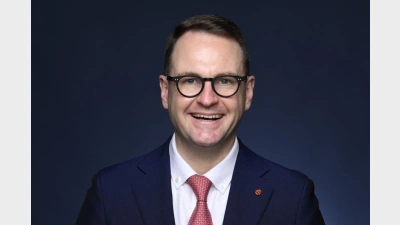AMP struggles to hold ground on super


AMP Limited claims to have retained the majority of its corporate superannuation mandates in the wake of its appearance before the Royal Commission into Misconduct in the Banking, Superannuation and Financial Services Industry.
However, the company acknowledged in its full-year results announcement that total corporate superannuation reported net cash outflows of $806 million during the financial year, relative to net cash inflows of $717 million in the previous financial year.
It said the decline was driven by lower mandate wins and higher outflows, noting that the previous financial year had seen $521 million of large corporate mandate wins.
“There were no outflows from loss of large corporate super mandates in FY18,” the Australian Securities Exchange (ASX) announcement said.
However, it acknowledged that there had been an increased level of employer review of corporate super arrangements since AMP’s appearance before the Royal Commission, “with AMP retaining the majority of large mandates following completion of review”.
It said AMP’s corporate offerings, SignatureSuper and AMP Flexible Super – Employer had net cash outflows of $58 million, down $1.3 billion on the previous financial year.
“There were no large mandate wins within SignatureSuper with no plan transitions from CustomSuper,” it said.
The announcement noted that other corporate superannuation comprising CustomSuper, SuperLeader and Business Super experienced net cash outflows of $748 million – an increase of $271 million over the previous financial year with the decline in performance driven by higher outflows since the second quarter.
Recommended for you
Insignia’s Master Trust business suffered a 1.9 per cent dip in FUA in the third quarter, amid total net outflows of $1.8 billion.
While the Liberal senator has accused super funds of locking everyday Australians out of the housing market, industry advocates say the Coalition’s policy would only push home ownership further out of reach.
Australia’s largest superannuation fund has confirmed all members who had funds stolen during the recent cyber fraud crime have been reimbursed.
As institutional investors grapple with shifting sentiment towards US equities and fresh uncertainty surrounding tariffs, Australia’s Aware Super is sticking to a disciplined, diversified playbook.












